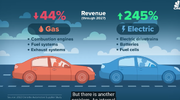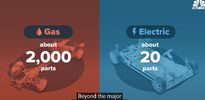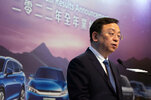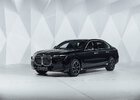wayneL
VIVA LA LIBERTAD, CARAJO!
- Joined
- 9 July 2004
- Posts
- 26,170
- Reactions
- 13,674
There
Researching futher with regards to my own setup.... Holy Mary, mother of Jesus!! I have got to change things Pronto!
There reported incidents of such events with mobile phones etc. e.g. I recall warnings not to put the phone under a pillow because someone managed to start a fire that way.I'm wondering what the difference is of EV batteries that goes 'into thermal runaway' and the batteries in mobile phones, laptops, portable vacuum cleaners, which are all transported in bulk surrounded in plastic components and packaging.
In the future, a large number of road vehicles will not be powered by fossil fuels, and in order to prevent incidents in connection with such a change in the transportation sector, regulations and practices should stay one step ahead. Road tunnels and underground garages constitute particularly high-risk environments with regard to fires and explosions. The transportation sector is currently undergoing major changes, driven in large part by the gradual transition towards a fossil fuel-independent society.
Researching futher with regards to my own setup.... Holy Mary, mother of Jesus!! I have got to change things Pronto!










